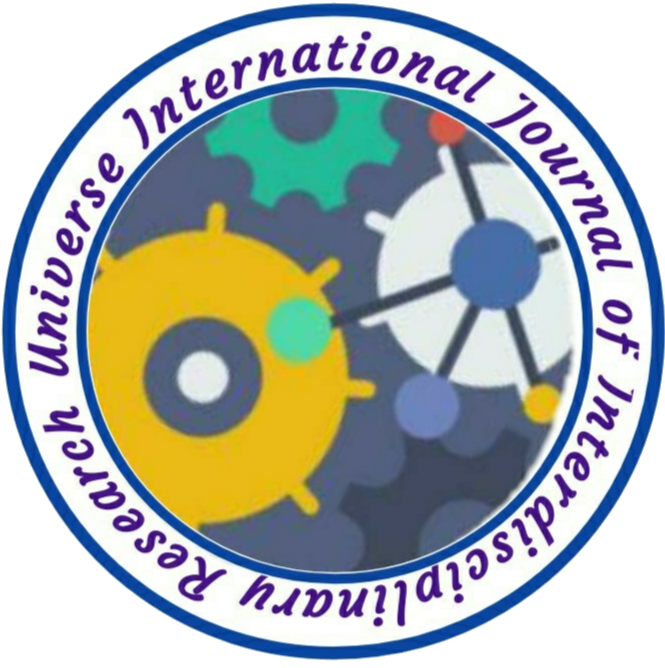THE NAXALITE AND THE TRIBAL MOVEMENT ESPECIALLY IN BENGAL DURING THE SEVEN DECADE
Author Name: Biplab Sarkar
Volume/Issue: 02/07
Country: India
DOI NO.: 08.2020-25662434 DOI Link: https://www.doi-ds.org/doilink/01.2022-14527892/UIJIR
Affiliation:
M.A. In History & Ph.D Research Scholar, Seacom Skills University, Kendradangal, Bolpur, Birbhum, West Bengal, India
ABSTRACT
The term ‘Naxal’ or ‘Naxalite’ is derived from Naxalbari, a remote village in the district of Darjeeling in West Bengal, from where the movement had been originated. An informal name Naxalism is given to radical often violent, Sino-Soviet in Indian Communist Movement. India has the largest concentration of tribal population in the African continent. The Schedule Tribes(ST) occupy isolated areas which are comprised of hilly terrain. The indigenous people living in the plains are of the Poto-Australoid race. Such as : Santal, Oraon, Munda, Mal, Bhumij, Lodha, Kora, Birhar. They mainly live in Medinipur, Purulia, Bakura and Birbhum. The hill Tribes are of Mongoloid descent. Lepcha, Bhutia tribaes are again of chinese Tribetan descent. They live in Darjeeling, Jalpaiguri, South and North Dinajpur districts of North Bengal. The Santals are the largest of these indigenous groups. Santals make up 50 per cent of the total tribal population in West Bengal and this group is more advanced than other tribal groups. We find in History the evidence of protracted struggles between foreign invaders invaders and the tribals when the former attempted to enter into their areas. In this light the present article aims to highlight the interpretational information related to Naxalism and tribes in India. Here, an overview of Naxalism with its genesis the salient features of the ‘Action Plan’ of the Naxalite Movement is presented by us. We shall also discuss socio-economic development, “Status of Tribals”, and Naxalism in Tribal areas and its causes. We shall also discuss measures related to Naxalism and tribal situation in general. As a conclusion, we shall argue the Naxalism is not a law and order problem but is, moreover, related to an imbalance in the dispensation of social and economic justice with particular focus on land and mineral resources.
Key words: A few keyword in this paper can be found as ‘Naxalism’, ‘Rightful redistribution’, ‘Ideology’, ‘Revolution’, ‘Tribal’, ‘Moaist’, ‘Action Plan’, ‘Urban intelligence’, and ‘West Bengal’.

No comment